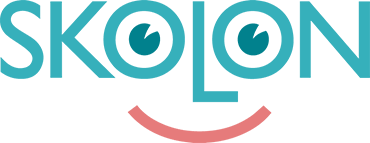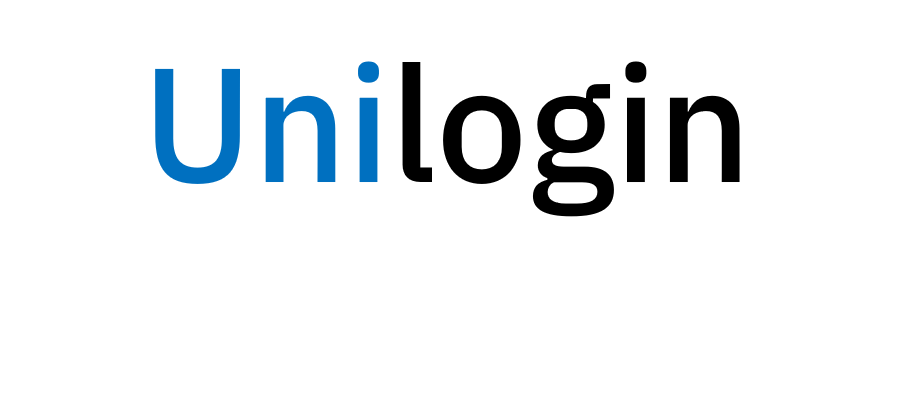Teaching kindergarten kids to code may sound like a challenging task, and understandably, some may be skeptical about whether young children can truly learn to code. The traditional image of a programmer sitting in a dark room, typing away at a computer screen, may not be the most appealing or accessible one for kids.
But coding for kids looks very different from this stereotype – and, in fact, it doesn’t necessarily look like that for programmers either. The truth is that coding can be an engaging and rewarding activity for kids of all ages, and there are a variety of tools and techniques that can make it accessible and fun.
So, how can you teach kindergarten kids to code? The key is to start with age-appropriate activities and tools that introduce them to the basic concepts of programming in a playful and interactive way. But let’s start with the basics.
What is Coding?
At its most basic level, coding refers to the process of writing instructions that a computer can understand and execute. These instructions, which are written in a specific language or code, are used to create a wide range of digital products, from software and apps to websites and more.
What are Coding Languages?
Programming languages, similar to human languages, rely on a set of syntactic and semantic rules to establish structure and meaning.
However, when it comes to teaching coding to young children in K-2, it’s important to keep in mind that these students may not yet have the reading or writing skills necessary to learn traditional coding languages. Instead, educators often use visual, interactive tools that allow children to give clear instructions to the computer using symbols, colors, and drag-and-drop interfaces.
This approach to coding for kids is designed to be engaging, fun, and accessible, allowing even the youngest learners to develop important computational thinking skills and gain an understanding of how computers work. And while these early experiences may not involve writing lines of code in a traditional sense, they still provide a foundation for further learning and exploration in the exciting world of computer programming.
What is Coding in K-2 Education?
Block-based programming
One popular way to introduce coding in K-2 education is through block-based programming languages such as Scratch Jr. or Code.org’s Hour of Code. These programming languages use visual blocks instead of text to create code, making it easier for young children to understand and follow. By dragging and dropping blocks, children can create simple programs such as animations, stories, and games.
Coding Robots
In addition to block-based programming languages, robots such as KUBO are also popular tools for introducing coding in K-2 education. These robots can be programmed using simple commands such as forward, backward, left, and right, and can be used to teach children basic coding concepts such as sequencing, algorithms, loops, and functions. One of the really cool things about coding robots is that they are screen-free, providing the opportunity for a collaborative, offline work environment.
Worksheets
Another way to introduce coding in the classroom is by teaching coding concepts with worksheets. While worksheets are not a substitute for hands-on coding practice, they can be a valuable resource for introducing programming concepts and building foundational skills.
By providing a structured format for students to follow, worksheets can help them understand the logic behind coding concepts. You can find coding worksheets on teacherspayteachers or Pinterest or on the KUBO Portal, where we offer free coding worksheets and update them monthly.
How are these programs and robots teaching kids to code? What are kids learning?
With the help of coding programs and robots, young learners can gain an understanding of fundamental coding concepts such as sequencing, conditional statements, loops, and debugging. These concepts can be taught to children even in kindergarten, as they have real-life analogies that are easy to relate to. For instance, sequencing is evident when they follow a recipe or when they brush their teeth.
Learning to code can also help children develop a coding mindset, which includes creative problem-solving, logical reasoning, and perseverance. It builds their confidence in working with technology and cultivates a growth and innovation mindset.
In Conclusion, Coding in the K-2 Classroom
In today’s technology-driven world, coding is an increasingly crucial skill that can be introduced even in the early years of a child’s education. By using block-based programming languages and coding robots, children can learn to code in a fun and engaging way, laying the groundwork for future success in STEM-related fields.






